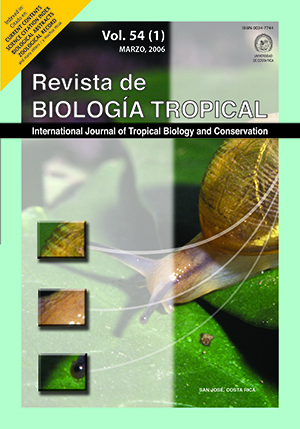Abstract
Hemibrycon pautensis (Characiformes, Characidae), a new fish species from Paute River, eastern Ecuador is described. Diagnostic characteristics: eight to nine branched rays in the dorsal fin (vs. six to seven), and 27 – 28 in the anal fin (vs. 16 – 26, except in H. dariensis which presents 22 – 27, in H. metae 26 – 31 and H. jabonero 23 – 28); a no occurrence of dorsal pharyngeal plate (vs. occurrence); a cartilaginous and divided-in-two basihial (vs. an osseous base and a cartilaginous upper part). Hemibrycon pautensis resembles H. metae by its oblique external edge of the pelvic fins. They can be distinguished by the position of the pectoral fins in relation to the snout (38.24-41.6% in H. pautensis vs. 21.21-25.87) and by the position of the pectoral fins in relation to the origin of the dorsal fin (20.95-24.30 in Hemibrycon pautensis vs. 35.89-42.63), and by the number of proximate radials in the pectoral girdle (five in Hemibrycon pautensis vs. three to four). In addition, the geographic distribution of H. metae is restricted to the upper part of the Meta River in Colombia and can be distinguished of H. boquiae by: the number of scales between the lateral-line and the origin of the dorsal fin (eight in H. pautensis vs. 5-7); the distance between the snout and the pelvic fins (38.00-42.90 % in H. pautensis vs. 42.9-46.19%); the pelvic fins length (13.77-17.96% in H. pautensis vs. 10.72-13.21%); and the snout length (21.34-27.88 in H. pautensis vs. 26.92-33.66%).
##plugins.facebook.comentarios##

This work is licensed under a Creative Commons Attribution 4.0 International License.
Copyright (c) 2006 Revista de Biología Tropical


